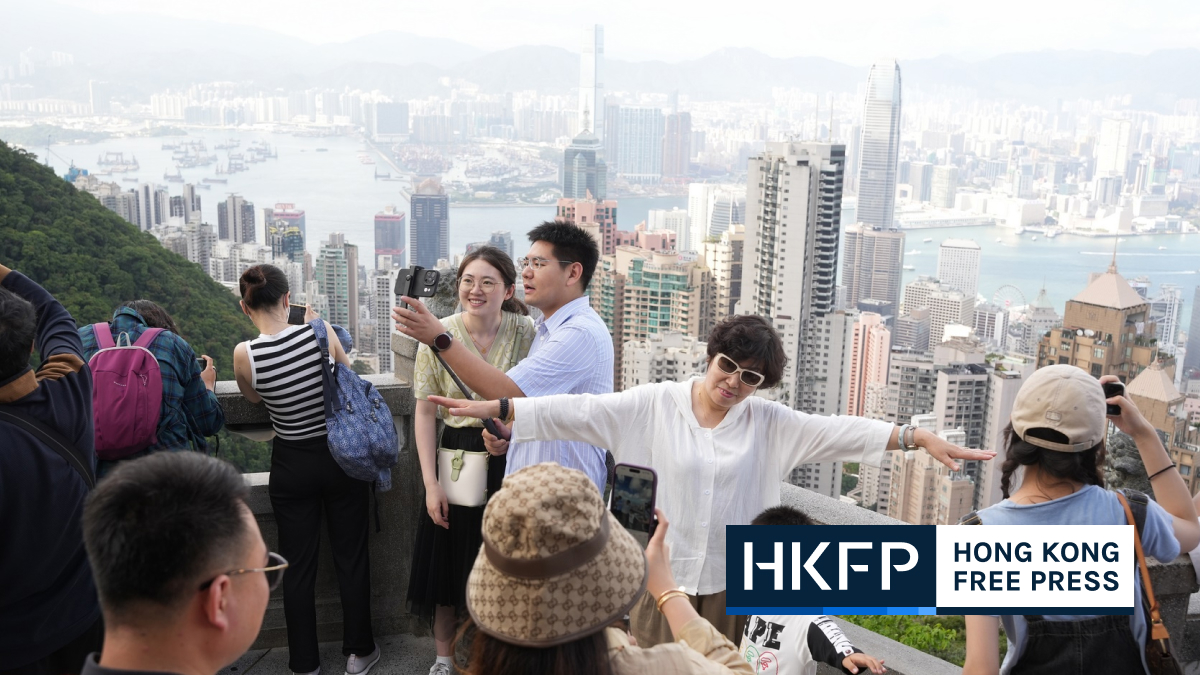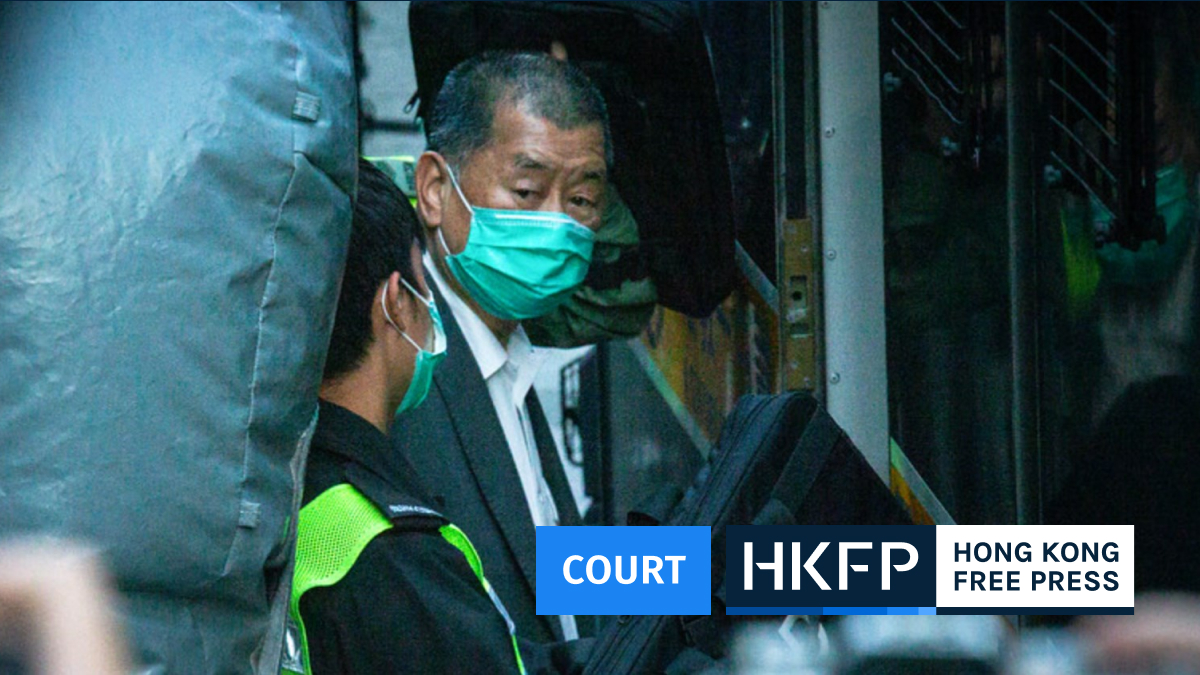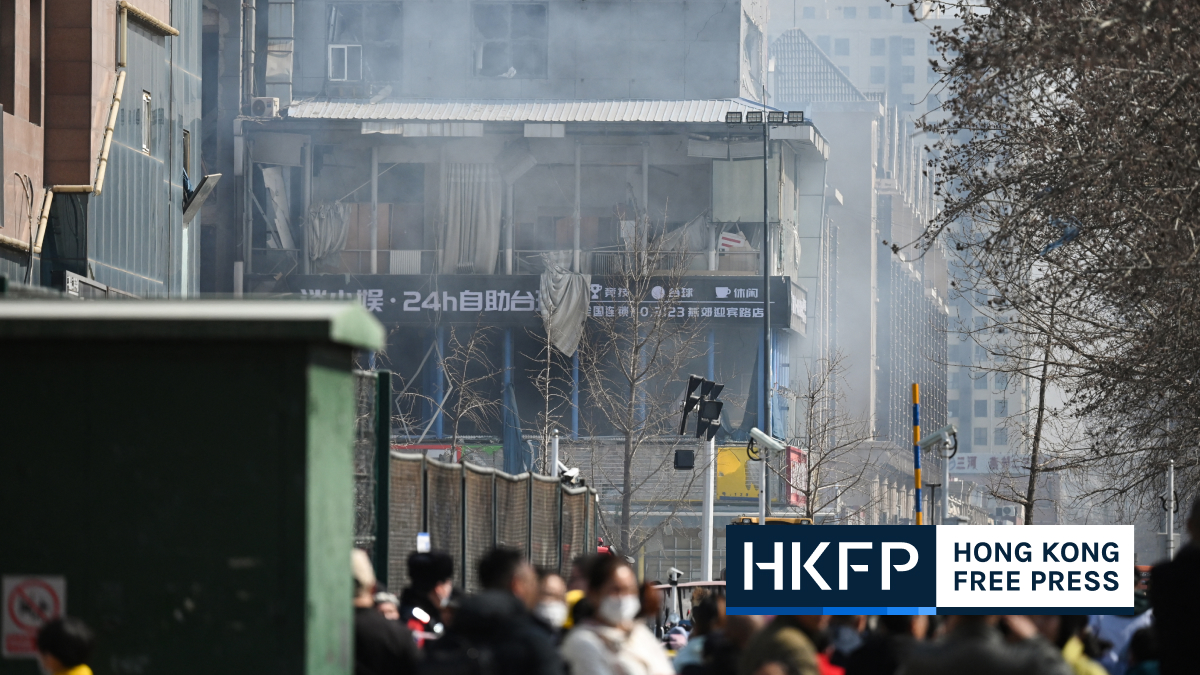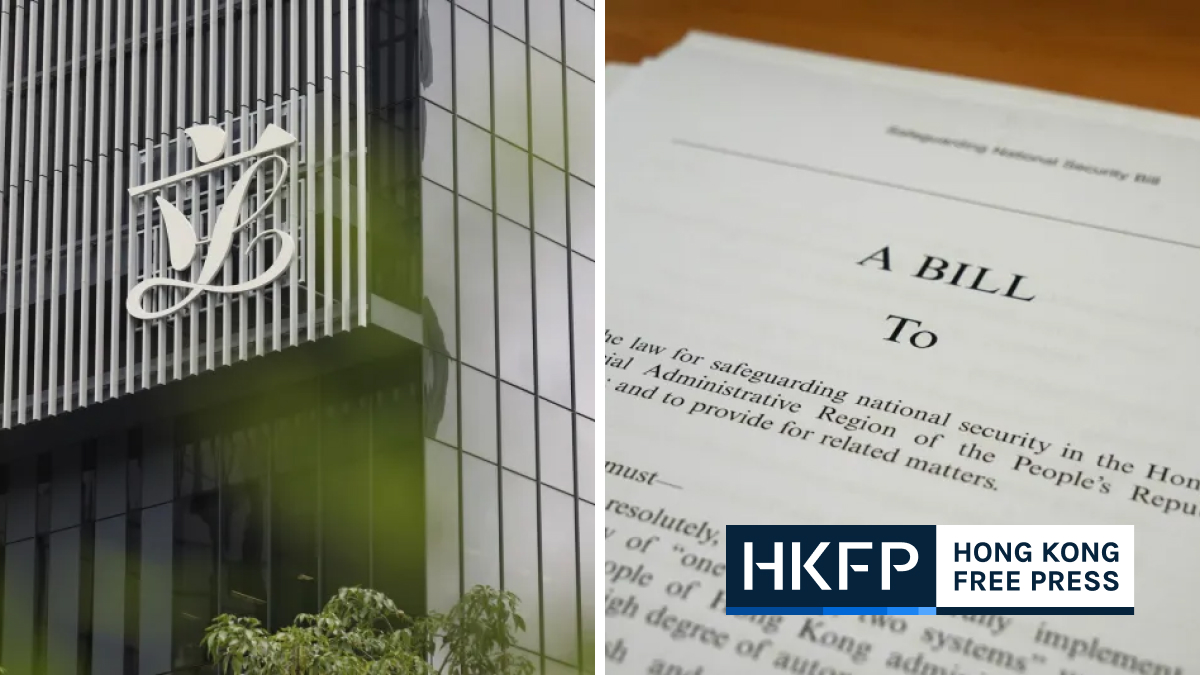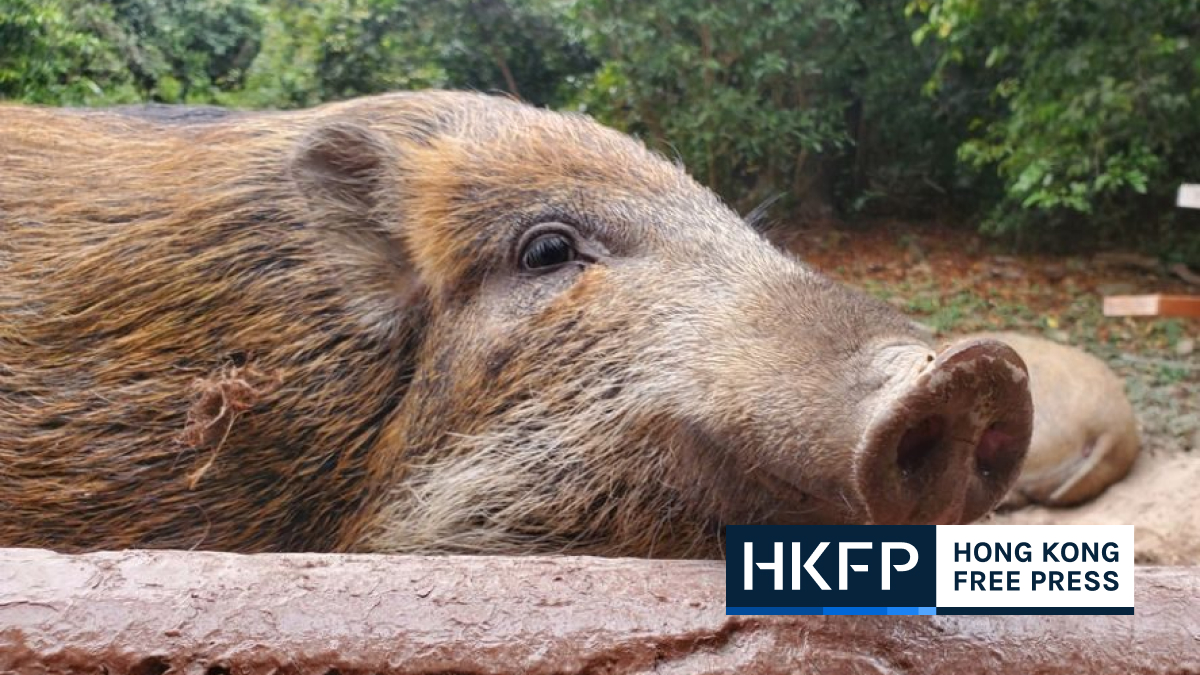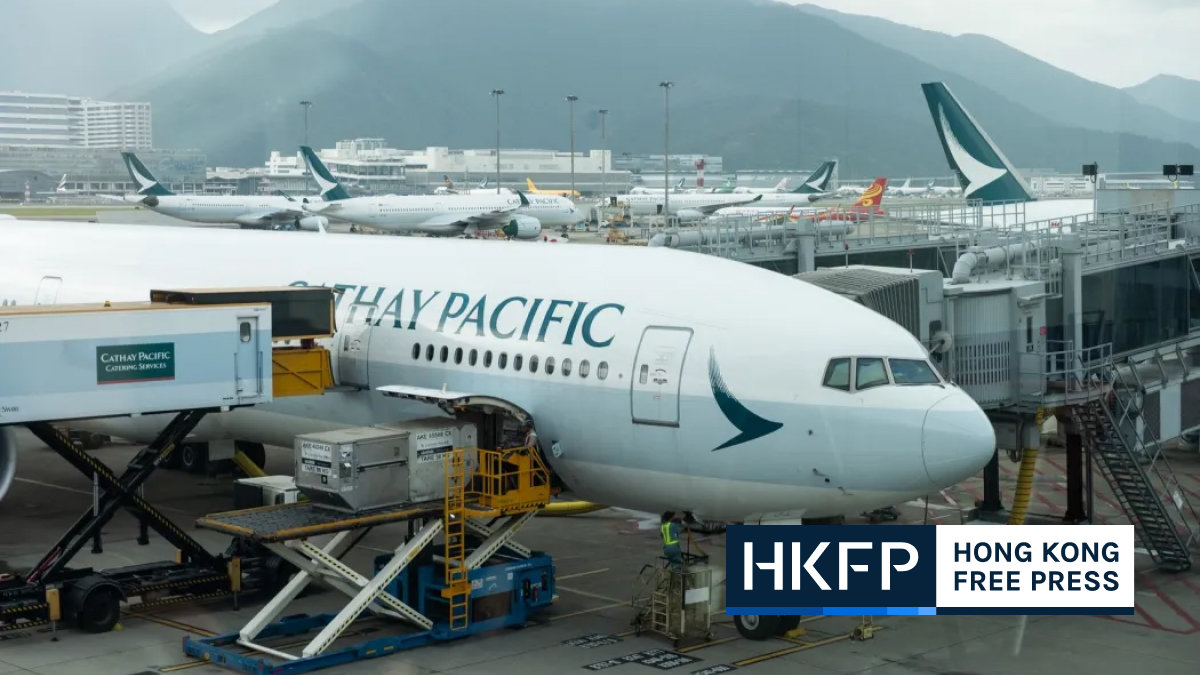Part of a series on Hong Kong’s historic place names.
Hong Kong’s street names offer a glimpse into its rich history as a former British colony on Chinese soil and a global trading hub. They tell a compelling story about its past and its connections to the wider world, showing that perhaps Hong Kong does – after all – deserve its self-proclaimed title of Asia’s World City.

This is the third part in a series about street names in Hong Kong. Click here for Part One, which explores how transliterations resulted in some bizarrely named roads, and click here for Part Two, which focuses on anglicised street names with no British origin.
British influence
London transplants
As a former British colony, it is no surprise that many street names bear British influences. In the early days of the city’s development, some street names were directly borrowed from London, based on their similar functions.
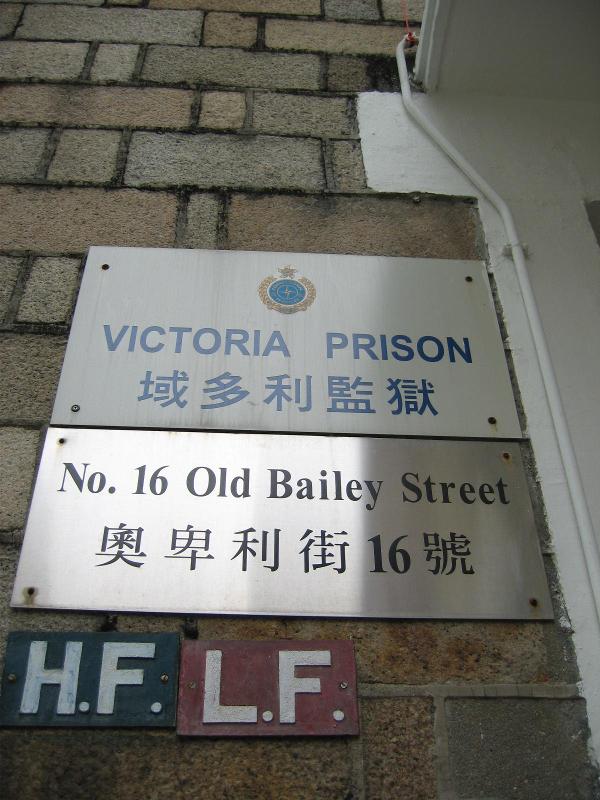

One of the first priorities for the British was law and order. In 1842, they completed Victoria Gaol in Central, which later became Victoria Prison and is now part of Tai Kwun. The British not only brought their judicial system from their homeland but also named the new streets around the prison after two streets in London.
Old Bailey Street (奧卑利街) was named after the historic institution in London, also known as the Central Criminal Court. Chancery Lane (贊善里) is a small street behind Victoria Prison that got its name from a street in West London where the Court of Chancery and many law firms are located. Perhaps the name was chosen to symbolise the right to a fair legal defence for those undergoing trials near Victoria Prison.
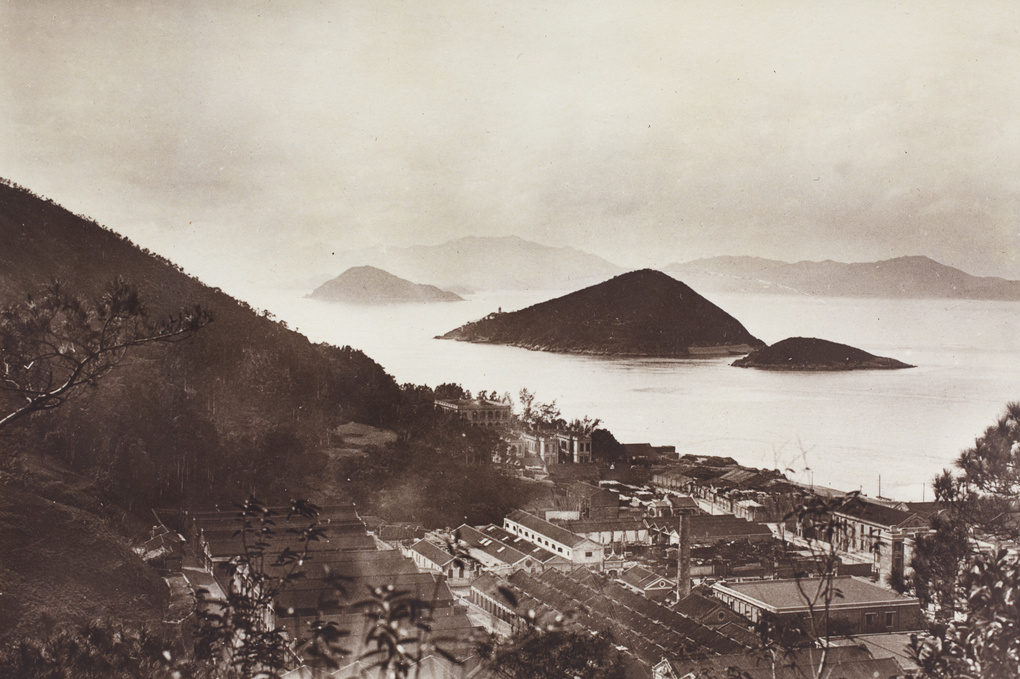
When a cattle quarantine depot and slaughterhouse were constructed in Kennedy Town in the 1890s, the area was given the name Smithfield (士美菲路), after a street market and meat wholesale centre in London.
Other transplanted street names include Great George Street (記利佐治街) in Causeway Bay, after the same street in Westminster which houses the headquarters of the Royal Institution of Chartered Surveyors, and Lambeth Walk (琳寶徑) in Central, after a street in South London, which has its own song from the musical Me and My Girl.
Hills and rivers
Up in the New Territories, a British surveyor and his team of Indian technicians conducted a comprehensive survey of the area in 1901. They incorporated a mix of British and Indian place names into the region. Over time, many of these names have either fallen out of use or have been replaced with local names since the city’s Handover from British to Chinese rule in 1997.

Certain areas were named after geographical similarities, for example, the region around Tai Mo Shan was designated as Cheviots due to its resemblance to rolling hills on the Anglo-Scottish border. Fanling became known as Cotswolds, inspired by a hilly region in Gloucestershire, England. San Tin’s lowlands and hills were respectively named North Downs and South Downs after areas in southern England.
Lin Ma Hang was named Mendips for a range of hills in Somerset, England. Ngau Tam Shan (大牛潭峒) and Hung Fa Chai (紅花寨) were named Snowdon and Ben Nevis, after the highest peaks in Wales and Scotland respectively.

They didn’t forget India either. The largest rivers in the New Territories were once named River Indus, River Jhelum, River Chenab, River Sutlej, River Beas, and River Ganges, influenced by the Indian connection.
Located in Lok Ma Chau, Mount Kirkpatrick is a curious case. Although it shares its name with the highest point in the Transantarctic Mountains in Antarctica, discovered and named by the British Antarctic Expedition in the early 1900s, further investigation suggests that the mountain was actually named after George Macaulay Kirkpatrick, a Canadian who served as the Commander of British Forces in China from 1921 to 1922. The two other mountains in the area were named after his successors, John Fowler and Charles Luard.
Under control
Streets near government and military establishments in Hong Kong often have names of British locations. For example, the roads surrounding former government quarters on the Peak, such as Mansfield Road (文輝道), Watford Road (和福道), and Guildford Road (僑福道), are named after British towns.
Route Twisk (荃錦公路), once a military road, passes through the former Shek Kong Camp, with streets nearby named Northumberland Avenue (諾森伯倫路), Shropshire Road (史樂信路), and Staffordshire Avenue (士達福信路).

For all the adventure-seekers out there, the World War Two tunnels in the Shing Mun Redoubt offer a fascinating exploration opportunity. This defensive position played a crucial role during the ill-fated Battle of Hong Kong in December 1941.
The tunnels, part of the Gin Drinker’s Line, were constructed by the British military in the late 1930s. Each entrance, passage, and exit bears the name of a street in Central London, such as Regent Street, Shaftesbury Avenue, and Charing Cross.
Garden city
In the 1920s, Legislative Council member Charles Montague Ede led a group of British merchants to develop the land near Kowloon City into a “Garden City.” As most of the investors were British, the streets were named after English counties such as Essex Crescent (雅息士道), Rutland Quadrant (律倫街), and Kent Road (根德道).

When the Hong Kong government developed the then-barren area of Kowloon Tsai into a residential area in the early 1950s, the streets were also named after English counties, such as Oxford Road (牛津道), Cambridge Road (劍橋道), and Durham Road (對衡道).
Naval side quest
Located on Ap Lei Chau, London Lane is a small and inconspicuous alley that holds a hidden story of a naval encounter. The area was once a harbour busy with fishing boats, sampans, shipyards, and warehouses. Residents would unload goods like grain, oil, and groceries in a sandy area called Tozai Tau (渡仔頭), from where they could be transported to various shops on Main Street.

In the 1960s, a group of British sailors from HMS London visited the area and decided to build a rudimentary pier. To mark its completion, the locals erected a cast iron sign reading “London Pier.” Sadly, the pier fell into disrepair after a few years but the road leading to it was later renamed London Lane (倫敦里) in honour of that little naval adventure.
Chinese connections
Watery paths to Kowloon’s streetscape
As you walk through the lively streets of Kowloon, you will come across many names that transport you to mainland China. However, it all began with two streets on the other side of the harbour.
In the mid to late 19th century, Wan Chai became a hub for maritime trade and business. Companies established offices, docks, and warehouses along the coast. One of them, Dent & Co, mainly traded with Chinese ports like Xiamen and Shantou.
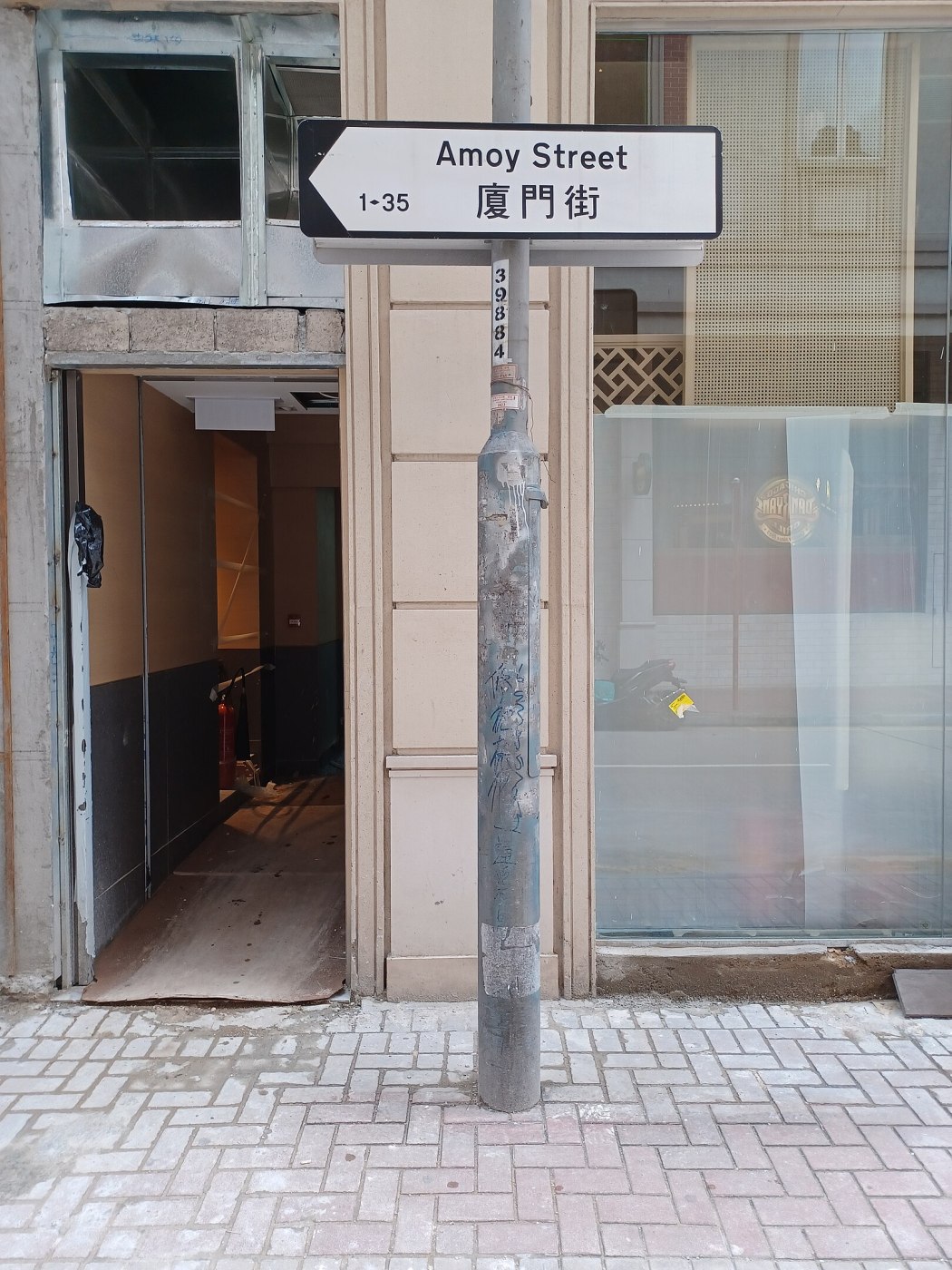

When the original dock area shifted inland due to land reclamation, Amoy Street (廈門街) and Swatow Street (汕頭街) were created. These names were derived from the Romanisation of Hokkien and Teochew dialects spoken in those cities, and these two streets were among the first in Hong Kong to be named after cities in mainland China.
Seeing double
In 1860, after the British claimed the Kowloon Peninsula, road construction began in the bustling district of Tsim Sha Tsui. Several new roads sprouted up, starting from what is now known as Nathan Road.
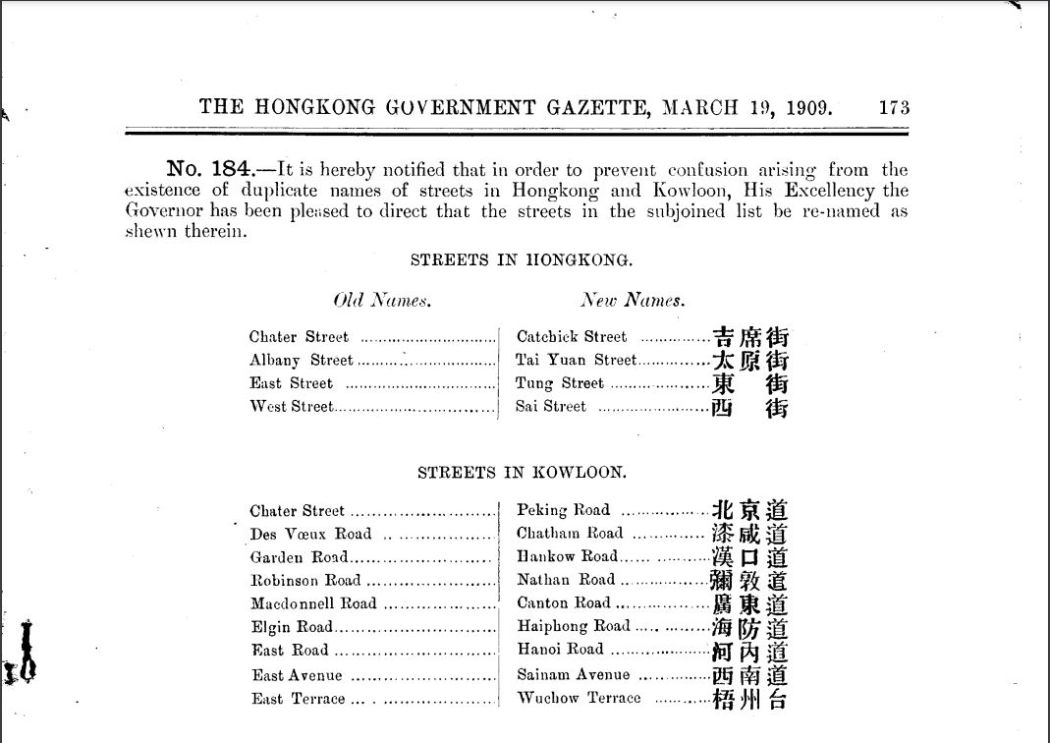
However, many had the same names as their counterparts on Hong Kong Island, which caused some issues with postal delivery. To solve this problem, the government renamed several important streets in Kowloon in 1909.
Many of these new names were chosen to represent mainland provinces and cities closely connected to Hong Kong’s trade. In Tsim Sha Tsui, Chater Road was renamed Peking Road (北京道) and MacDonnell Road became Canton Road (廣東道).
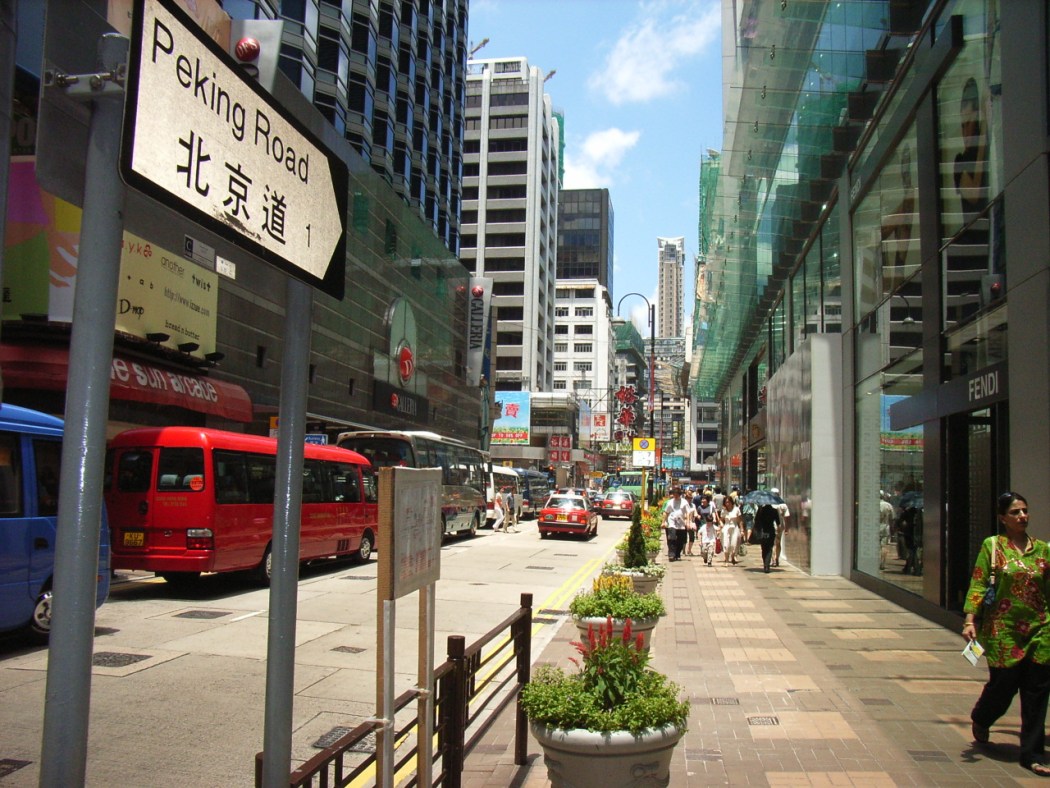
In Yau Ma Tei, First Street, Second Street, and Fourth Street became Kansu Street (甘肅街), Pak Hoi Street (北海街), and Ning Po Street (寧波街), respectively, and Station Street became Shanghai Street (上海街), among others.
This naming practice continued throughout Kowloon’s development, leaving its mark on Sham Shui Po and Hung Hom too.
Laying Hung Hom’s foundation
Two streets in Hung Hom tell the story of the area’s early development. In the early 20th century, the expansion of the Whampoa dockyard and the presence of companies like Green Island Cement Company and China Light and Power Company drove the area’s development.
The Hong Kong and Whampoa Dock Company was established in the 1860s. Over the following decades, the company acquired various docks in Hung Hom, expanding its operations. “Whampoa” in the company’s name originates from the harbour at what was then known as Whampoa Island in Guangzhou.
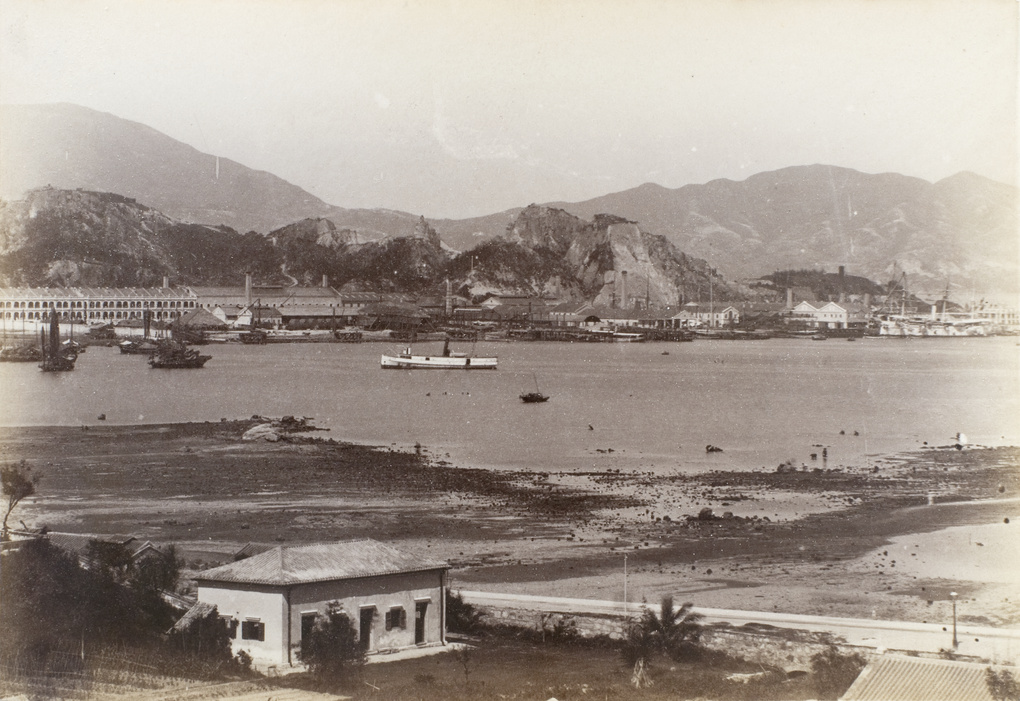
It was the chief anchorage for ships engaged in Guangzhou’s foreign trade, and the company owned another dockyard there.
In 1897, the Green Island Cement Company relocated from Ilha Verde, Macau, to Hong Kong. The following year, it partnered with the Whampoa shipyard to undertake a substantial land reclamation project, establishing a cement factory in the newly reclaimed area. When the area was redeveloped in the 1980s, traces of these companies could still be seen on streets such as Whampoa Street (黃埔街) and Tsing Chau Street (青州街), meaning “Green Island Street.”
Honouring the ancestral home
In the early 20th century, Chinese businessman Lee Hysan acquired land in Causeway Bay and constructed numerous commercial buildings, including Lee Garden and Lee Theatre. To pay homage to his ancestral home, the streets in the area are named after places in his hometown, Siyi (四邑) in Guangdong.
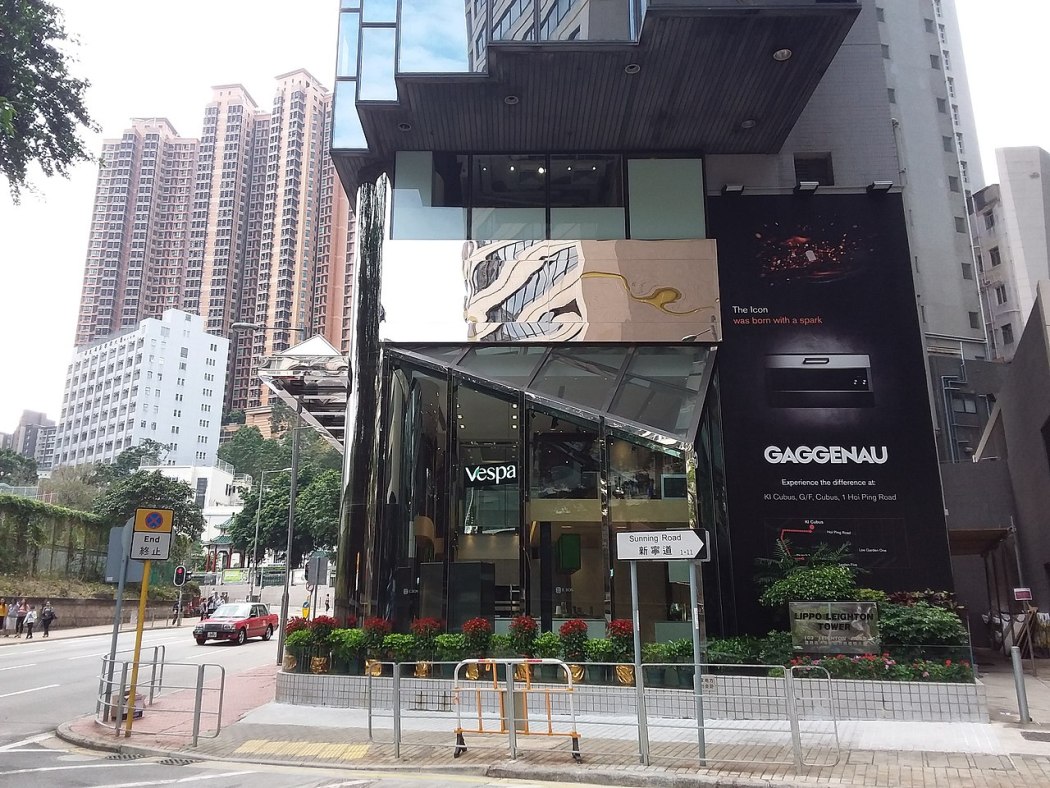
As you stroll through the area, you will find yourself immersed in the four counties of the Pearl River Delta via Sun Wui Road (新會道), Hoi Ping Road (開平道), Sunning Road (新寧道), and Yun Ping Road (恩平道).
Poetic connections
Some streets in Hong Kong that are named after Chinese cities have no direct connection to their namesakes. In Aberdeen, a businessman opened the Tai Shing Paper Manufacturing Company (大成紙廠) in 1905.
A reservoir was also constructed on the hill behind the mill to store water for powering the machines. Although the paper mill is no longer operational, the street on which it was located is named Lok Yeung Street (洛陽街), after the poetic idiom “Luoyang paper is expensive” (洛陽紙貴).

Subsequently, several new streets in the area were named after provinces and cities in mainland China, despite having little trade or historical connection to Aberdeen in Hong Kong.
These streets include Sai On Street (西安街), Chengtu Road (成都道), Fung Tin Street (奉天街), Wu Pak Street (湖北街), Wu Nam Street (湖南街), Nam Ning Street (南寧街), and Tung Sing Road (東勝道).
The ones that have been lost
Over the years, large-scale land reclamation and redevelopment projects have led to the disappearance of many streets in Hong Kong. Fuk Ts’un Heung (福全鄕) next to Tai Kok Tsui, was a settlement for local fishermen and farmers in the early 19th century.
Located near the border and the bay, it served as a port for cargo transportation and business activities, with streets such as Newchwang Street (牛庄街), Chungking Street (重慶街), and Foochow Street (福州街).

The three main streets in Fuk Ts’un Heung, however, became infamous due to neglect and the prevalence of illegal activities and were even given the nickname of the “three infamous alleys” (三陋巷). Around 1926, the area started to merge with parts of Tung Chau Street (通州街), Tai Kok Tsui Road (大角咀道), and the extended sections of Boundary Street (界限街). The old remaining street was later renamed Fuk Tsun Street (福全街) to commemorate Fuk Ts’un Heung.
Other streets that have disappeared over time include Hainan Street (海南街) and Lin Chau Road (連州道/廉州道) in Sham Shui Po, Nanning Lane (南寧里), Suchow Lane (蘇州里), Tientsin Street (天津街), Wuchow Terrace (梧州台) in Yau Ma Tei, Fukien Street (福建街) and Honan Street (河南街) in To Kwa Wan / Hung Hom, and Kwang Tung Street (粵東街) and Kwangsi Street (粵西街) in Kowloon City.
From Hong Kong with love
Remembering the lives lost
Hong Kong has places named after unexpected locations, some of them chosen by the British military to pay tribute to fallen personnel. Streets in Tsim Sha Tsui, such as Minden Avenue (棉登徑), Minden Row (緬甸臺), and Blenheim Avenue (白蘭軒道), were named after Royal Navy ships that were themselves named after German towns where battles took place.
In Yau Ma Tei, Waterloo Road (窩打老道) and Pilkem Street (庇利金街) were named after Belgian towns where the Battle of Waterloo and the Battle of Passchendaele took place, with many British soldiers losing their lives.


The British military camps and training areas in the northern New Territories were named after major battles that Britain fought in both world wars, such as Gallipoli Lines and Vimy Ridge from the First World War, as well as Cassino Lines and Burma Lines from the Second.
A distinctive feature of Burma Lines is the Hindu temple, which, though vacant since 1996, remains almost intact and was once used by the camp’s Gurkhas for worship. The temple is dedicated to Shiva, the Hindu god of destruction, and is organised in a hexagonal structure with five entrances, resembling a lotus flower — a symbol of beauty and holiness in Hinduism.
Asia calling
Hong Kong’s history as a trading hub is evident in streets named after partners in Asia. One significant trading partner during the 19th century was Indochina, with Vietnam being particularly important.
During the French colonial period, trade relations between China and Vietnam were maintained through three main routes: the Lao Cai-Yunnan railway, the Hai Phong Port to Hong Kong and Guangdong, and the Saigon Port connecting to Guangdong, Hong Kong, and Shanghai.

During the renaming of Kowloon streets in 1909, Hong Kong paid tribute to the connection by renaming three streets after Vietnamese cities. Elgin Road became Haiphong Road (海防道), East Road was changed to Hanoi Road (河內道), and Third Street became Saigon Street (西貢街).
In Sham Shui Po, Tai Nan Street (大南街) was named after Danang, a port city in Vietnam. Tonkin Street (東京街) may confuse some readers as it translates to “Tokyo Street” in Chinese, but it is actually named after the northern region of Vietnam.
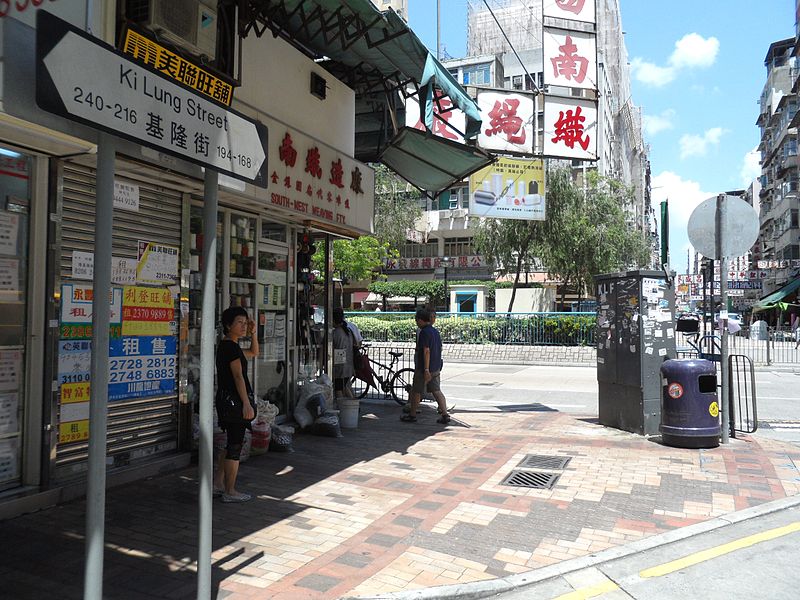
The term “Tonkin” is a Western adaptation of Đông Kinh, which means “eastern capital” in Vietnamese. Although historically used in China and neighbouring countries, it now specifically refers to Tokyo, the capital of Japan.
Other streets named after port cities include Ki Lung Street (基隆街) in Sham Shui Po, named after Keelung in Taiwan and Malacca Street (馬來街) in Hung Hom.
Going Dutch
Despite its small size, the Netherlands has left its mark. Dutch Lane (荷蘭徑), a path situated above Bowen Road and below Peak Road, dates back to 1902 when Dutch shipping company Java-China-Japan Lijn (JCJL) opened a branch in Hong Kong. JCJL’s staff quarters were situated on Peak Road and employees probably used the path to walk from their homes to their offices.
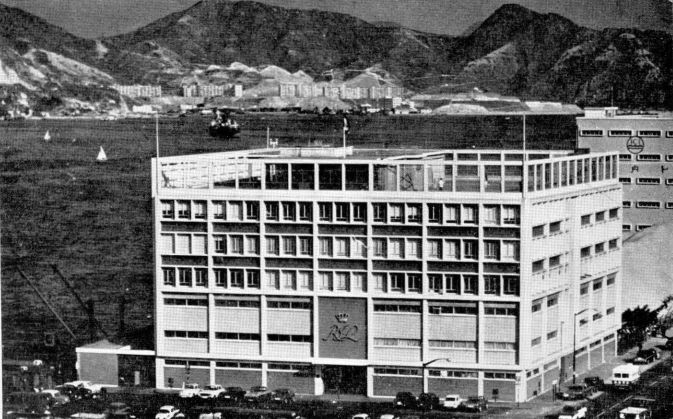
The story of JCJL did not stop at Dutch Lane. After the Second World War, JCJL, which had become the Royal Interocean Lines, built its head office in North Point. The adjacent road became Java Road (渣華道), reflecting the Dutch colonial period’s association with the Indonesian island of Java.
The origin of Holland Street (荷蘭街) in Kennedy Town is still a mystery. It first appeared on a map along the coast in 1889. Since this was before JCJL officially had a branch in Hong Kong, it is unclear whether the street was named after the area where Dutch ships used to unload or after Holland Street in London’s Kensington district.
Selling units
Developers understand that choosing the right name for their projects is crucial in attracting potential buyers. To create a sense of sophistication and prestige, they have been using English, French, or Latin names for the past few decades.
In Hong Kong, where potential buyers often can’t physically see the finished product, the name holds particular significance. In the New Territories, you can find streets named after locations such as California, Rome, Kensington, and Versailles.

Jardine Matheson has been a prominent figure in the international business community since the British arrived in Hong Kong in 1841. The company constructed a pier, warehouses, factories, offices, and residences along the western shore of Causeway Bay on Hong Kong Island.
Following World War Two and the subsequent changes in the commercial market, Jardine started selling or redeveloping its properties, transforming them into commercial and residential buildings. Streets such as Houston Street (厚誠街), Cleveland Street (加寧街), and Kingston Street (京士頓街), were named after North American cities that held trade relations with the company.
Located in Kowloon, Mei Foo Sun Chuen is home to a few surprises. It was built between the 1960s and 1970s and was the first large-scale private housing estate in Hong Kong. At one point, it held the title of the largest private housing development worldwide.

The estate was built on land that was previously a petroleum-storage facility of Mobil and was redeveloped by Mei Foo Investments Limited, a subsidiary of Mobil Oil. Two streets within the complex are named after the company’s New York origins — Broadway (百老匯街) and Nassau Street (蘭秀道).
However, the origin of the third street, Humbert Street (恒柏街), remains a mystery. While there is a Humbert Street in both New York and New Jersey, it appears to have little significance.
Time For A World Tour
Throughout Hong Kong, you can find street names reflecting the global influences that have shaped its identity, from British and Chinese cities to trading partners and even some unexpected locations.
In fact, if you head to the New Territories, it’s just a 10-minute ride from Zurich to Rome.
Support HKFP | Policies & Ethics | Error/typo? | Contact Us | Newsletter | Transparency & Annual Report | Apps
Help safeguard press freedom & keep HKFP free for all readers by supporting our team

LATEST FROM HKFP
HKFP has an impartial stance, transparent funding, and balanced coverage guided by an Ethics Code and Corrections Policy.
Support press freedom & help us surpass 1,000 monthly Patrons: 100% independent, governed by an ethics code & not-for-profit.
Support HKFP | Policies & Ethics | Error/typo? | Contact Us | Newsletter | Transparency & Annual Report | Apps
Help safeguard press freedom & keep HKFP free for all readers by supporting our team

LATEST FROM HKFP
HKFP has an impartial stance, transparent funding, and balanced coverage guided by an Ethics Code and Corrections Policy.
Support press freedom & help us surpass 1,000 monthly Patrons: 100% independent, governed by an ethics code & not-for-profit.





